In the world of quantum computing, interaction is everything.



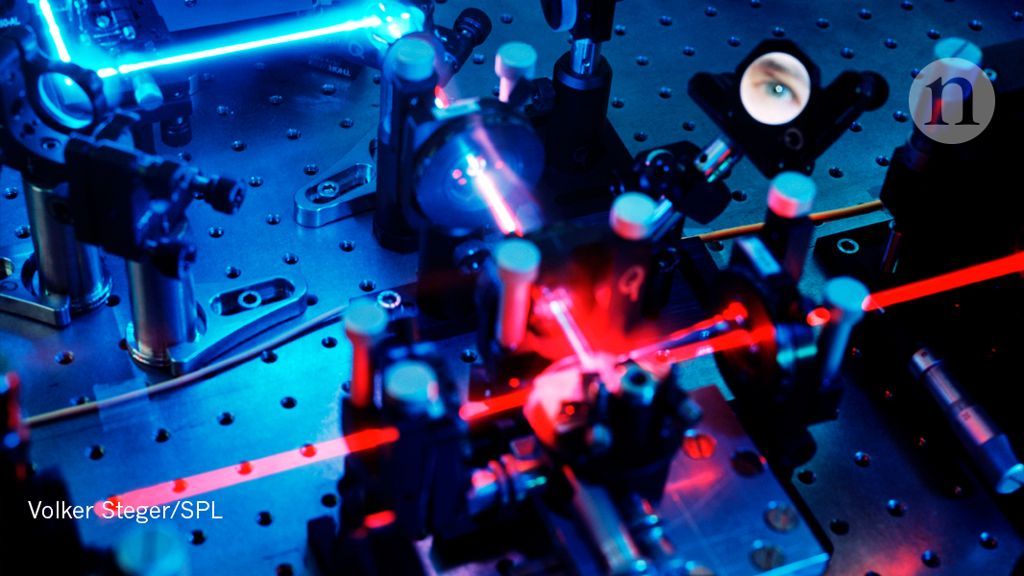
The longer-term answer is to develop and scale up the quantum communication network and, subsequently, the quantum internet. This will take major investments from governments. However, countries will benefit from the greater security offered13. For example, Canada keeps its census data secret for 92 years, a term that only quantum cryptography can assure. Government agencies could use quantum-secured blockchain platforms to protect citizens’ personal financial and health data. Countries leading major research efforts in quantum technologies, such as China, the United States and members of the European Union, will be among the early adopters. They should invest immediately in research. Blockchains should be a case study for Europe’s Quantum Key Distribution Testbed programme, for example.
Bitcoin and other cryptocurrencies will founder unless they integrate quantum technologies, warn Aleksey K. Fedorov, Evgeniy O. Kiktenko and Alexander I. Lvovsky. Bitcoin and other cryptocurrencies will founder unless they integrate quantum technologies, warn Aleksey K. Fedorov, Evgeniy O. Kiktenko and Alexander I. Lvovsky.
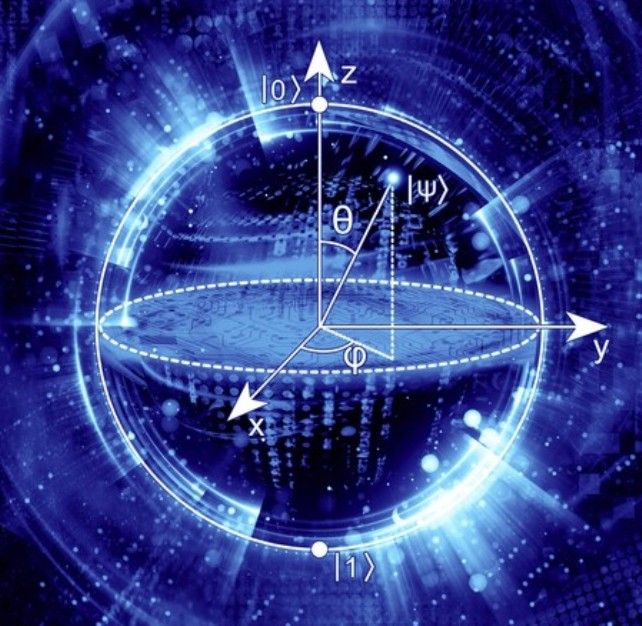

That quantum mechanics is a successful theory is not in dispute. It makes astonishingly accurate predictions about the nature of the world at microscopic scales. What has been in dispute for nearly a century is just what it’s telling us about what exists, what is real. There are myriad interpretations that offer their own take on the question, each requiring us to buy into certain as-yet-unverified claims — hence assumptions — about the nature of reality.
Now, a new thought experiment is confronting these assumptions head-on and shaking the foundations of quantum physics. The experiment is decidedly strange. For example, it requires making measurements that can erase any memory of an event that was just observed. While this isn’t possible with humans, quantum computers could be used to carry out this weird experiment and potentially discriminate between the different interpretations of quantum physics.
“Every now and then you get a paper which gets everybody thinking and discussing, and this is one of those cases,” said Matthew Leifer, a quantum physicist at Chapman University in Orange, California. “[This] is a thought experiment which is going to be added to the canon of weird things we think about in quantum foundations.”
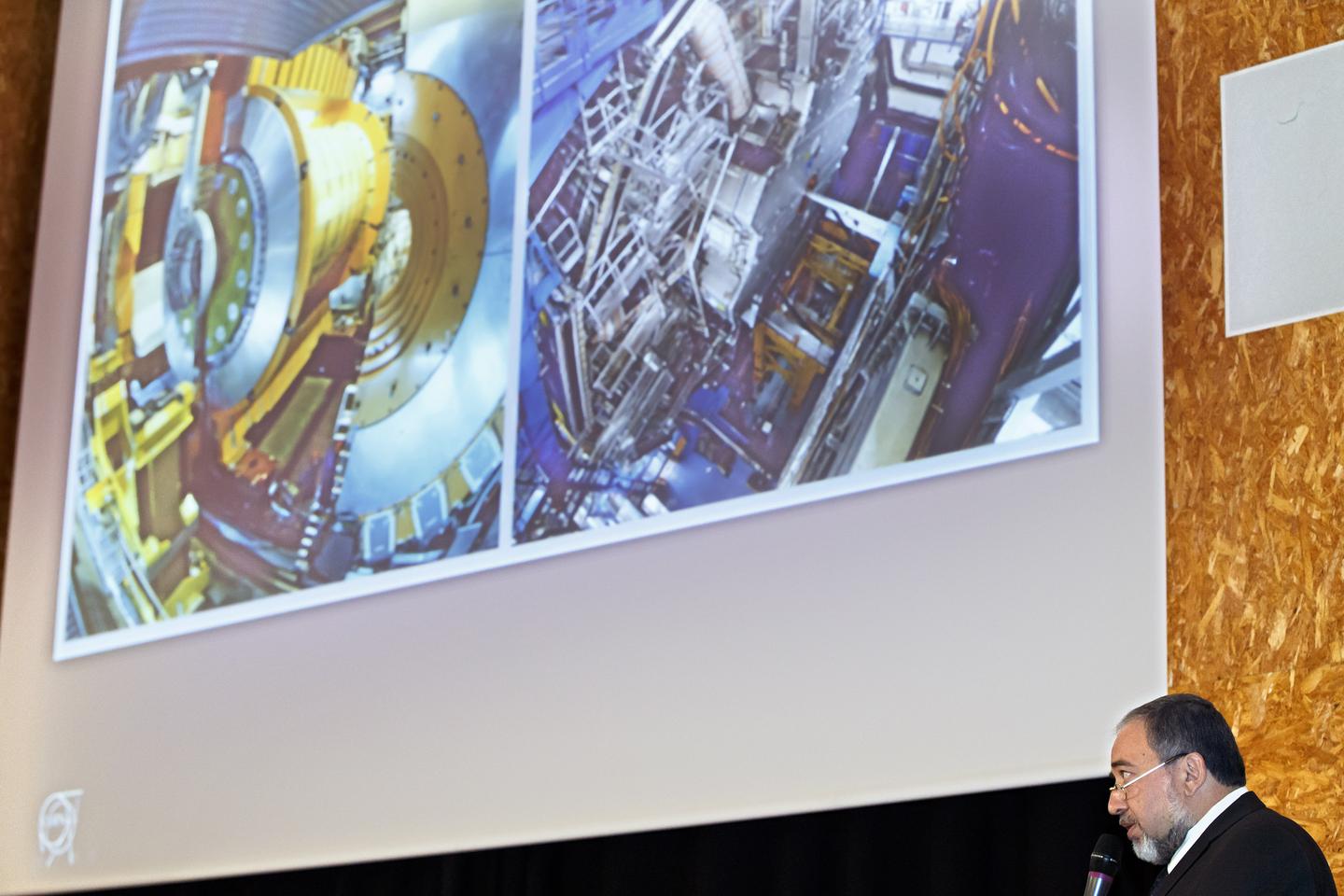
In the summer of 1968, while a visitor in CERN’s theory division, Gabriele Veneziano wrote a paper titled “Construction of a crossing-symmetric, Regge behaved amplitude for linearly-rising trajectories”. He was trying to explain the strong interaction, but his paper wound up marking the beginning of string theory.
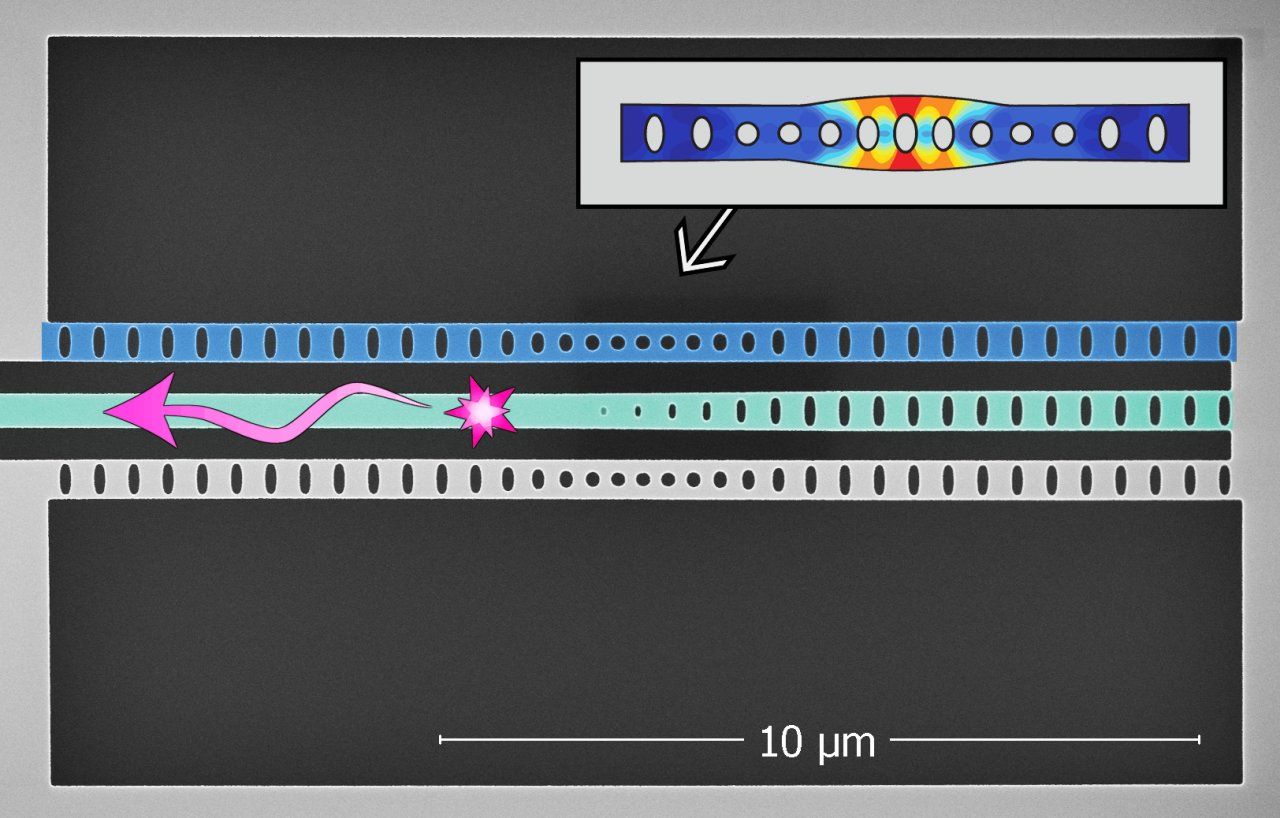
Why does quantum mechanics work so well for microscopic objects, yet macroscopic objects are described by classical physics? This question has bothered physicists since the development of quantum theory more than 100 years ago. Researchers at Delft University of Technology and the University of Vienna have now devised a macroscopic system that exhibits entanglement between mechanical phonons and optical photons. They tested the entanglement using a Bell test, one of the most convincing and important tests to show a system behaves non-classically.
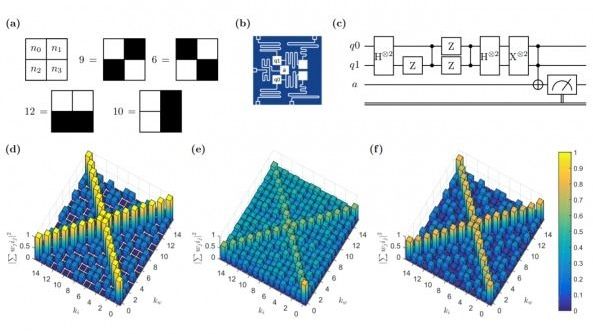
Back in 1958, in the earliest days of the computing revolution, the US Office of Naval Research organized a press conference to unveil a device invented by a psychologist named Frank Rosenblatt at the Cornell Aeronautical Laboratory. Rosenblatt called his device a perceptron, and the New York Times reported that it was “the embryo of an electronic computer that [the Navy] expects will be able to walk, talk, see, write, reproduce itself, and be conscious of its existence.”

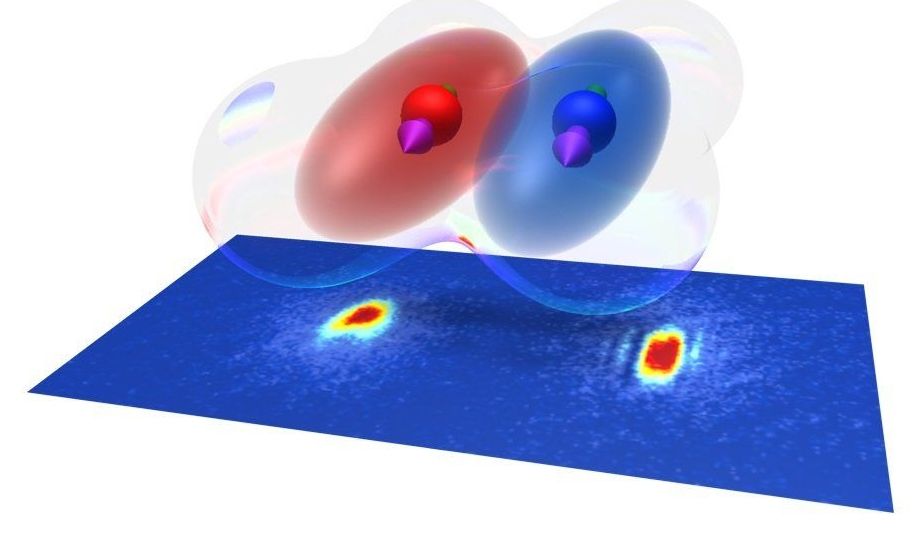
The experimental investigation of ultracold quantum matter makes it possible to study quantum mechanical phenomena that are otherwise inaccessible. A team led by the Innsbruck physicist Francesca Ferlaino has now mixed quantum gases of two strongly magnetic elements, erbium and dysprosium, and created a dipolar quantum mixture.
A few years ago, it seemed unfeasible to extend the techniques of atom manipulation and deep cooling in the ultracold regime to many-valence-electron atomic species. The reason is the increasing complexity in the atomic spectrum and the unknown scattering properties. However, a team of researchers, led by Ben Lev at Stanford University and an Austrian team directed by Francesca Ferlaino at the University of Innsbruck demonstrated quantum degeneracy of rare-earth species. Ferlaino’s group focused the research on erbium and developed a powerful, yet surprisingly simple approach to produce a Bose-Einstein condensate.
“We have shown how the complexity of atomic physics can open up new possibilities,” says Ferlaino. Magnetic species are an ideal platform to create dipolar quantum matter, in which particles interact with each other via a long-range and orientation dependent interaction as little quantum magnets.